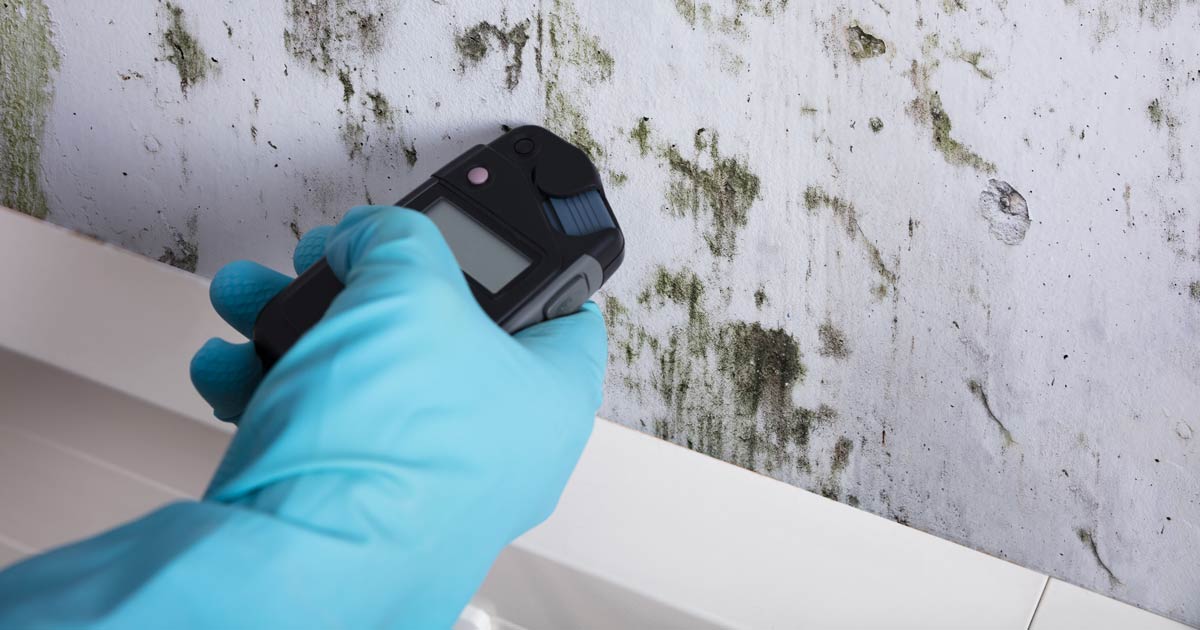After Mold Remediation Techniques for Tidy Spaces
After Mold Remediation Techniques for Tidy Spaces
Blog Article
Your Ultimate Overview to Message Mold And Mildew Removal Techniques
In the after-effects of mold invasion, recognizing just how to effectively remove the mold and mildew and avoid its reoccurrence is vital for preserving a healthy and balanced interior environment. From selecting the ideal cleaning and disinfecting approaches to executing techniques for long-lasting mold prevention, each action in the remediation journey plays a crucial duty in making certain an effective result.
Understanding Post-Mold Remediation Refine
After finishing the mold and mildew removal procedure, it is essential to recognize the post-mold remediation strategies that are required to make sure a thorough and effective cleanup. When the mold has actually been removed, the following step entails cleaning and decontaminating the impacted areas to avoid any kind of regrowth of mold. This consists of using specialized cleaning up agents to clean down surfaces and eliminate any kind of staying mold and mildew spores. It is vital to dry out the location completely to prevent the growth of mold in the future (testing air quality after mold remediation). Appropriate ventilation and dehumidification can aid in this procedure.
Additionally, carrying out a last examination post-remediation is essential to make certain that all mold and mildew has actually been successfully gotten rid of. This examination needs to include a detailed visual check as well as possibly air sampling to validate the absence of mold spores airborne. Extra remediation might be required if the inspection discloses any sticking around mold and mildew. Educating owners on preventive procedures such as managing moisture levels and without delay attending to any kind of water leaks can assist maintain a mold-free atmosphere.
Effective Cleansing and Disinfecting Approaches

Protecting Against Future Mold Development

Importance of Appropriate Air Flow
Correct ventilation plays an essential duty in avoiding moisture buildup, a key aspect in mold growth within indoor atmospheres. Effective air flow systems assist remove excess humidity from the air, lowering the chances of mold spores finding the dampness they require to sprout and spread out. Without ample ventilation, interior rooms can come to be a reproduction ground for mold and mildew, causing potential health and wellness dangers and structural damages.
By making certain correct air circulation, air flow systems can additionally assist in drying wet locations a lot more rapidly after water damages or additional hints flooding incidents, better hindering mold growth. After mold remediation. In rooms like shower rooms, attic rooms, kitchens, and basements where dampness levels tend to be higher, installing and preserving reliable ventilation systems is vital in preventing mold infestations

Tracking and Maintenance Tips
Provided the crucial duty that correct ventilation plays in preventing mold growth, it is important to establish efficient tracking and maintenance tips to ensure the ongoing performance of air flow systems. Tracking humidity degrees within the building is also crucial, as high humidity can add to mold growth. By remaining attentive and aggressive to the problem of air flow systems, building proprietors can properly reduce the danger of mold and mildew regrowth and keep a healthy interior atmosphere.
Conclusion
Finally, post-mold remediation techniques are essential for making sure a tidy and safe atmosphere. Understanding the procedure, carrying out reliable cleaning and sanitizing approaches, protecting against future mold growth, maintaining proper ventilation, and regular monitoring are all vital action in the remediation procedure. By following these guidelines, you can efficiently remove mold and avoid its return, functioning or promoting a healthy and balanced living area for all occupants.
In the after-effects of mold infestation, understanding how to successfully eliminate the mold and mildew and stop its reoccurrence is vital for maintaining a healthy and balanced interior atmosphere. As soon as the mold and mildew has actually been removed, the following step includes cleaning the original source and disinfecting the impacted locations to stop any kind of regrowth of mold and mildew - Post Mold Remediation Report. After eliminating visible mold and mildew growth, it is vital to clean all surfaces in the afflicted location to remove any continuing to be mold spores. To even more improve mold prevention steps, it is crucial to resolve underlying problems that at first led to mold and mildew advancement.Given the crucial role that appropriate air flow plays in avoiding mold development, it is important to establish reliable monitoring and upkeep pointers to ensure the continued performance of air flow systems
Report this page